Solar Cell Encapsulation: Safeguarding the Lifespan of Solar Panels
Solar Cell Encapsulation and Its Importance
Solar energy has become a cornerstone of the renewable energy revolution, helping reduce carbon footprints globally. But what ensures that solar panels, exposed to harsh environmental conditions, perform efficiently throughout their lifespan? The answer lies in solar cell encapsulation. This critical process protects solar cells from moisture, UV rays, and temperature fluctuations, ensuring long-lasting performance and durability. In this newsletter, we'll explore how solar cell encapsulation works, the materials used, and why it's essential for the longevity of your solar panels.
Explore more about PIXON’s Solar Modules
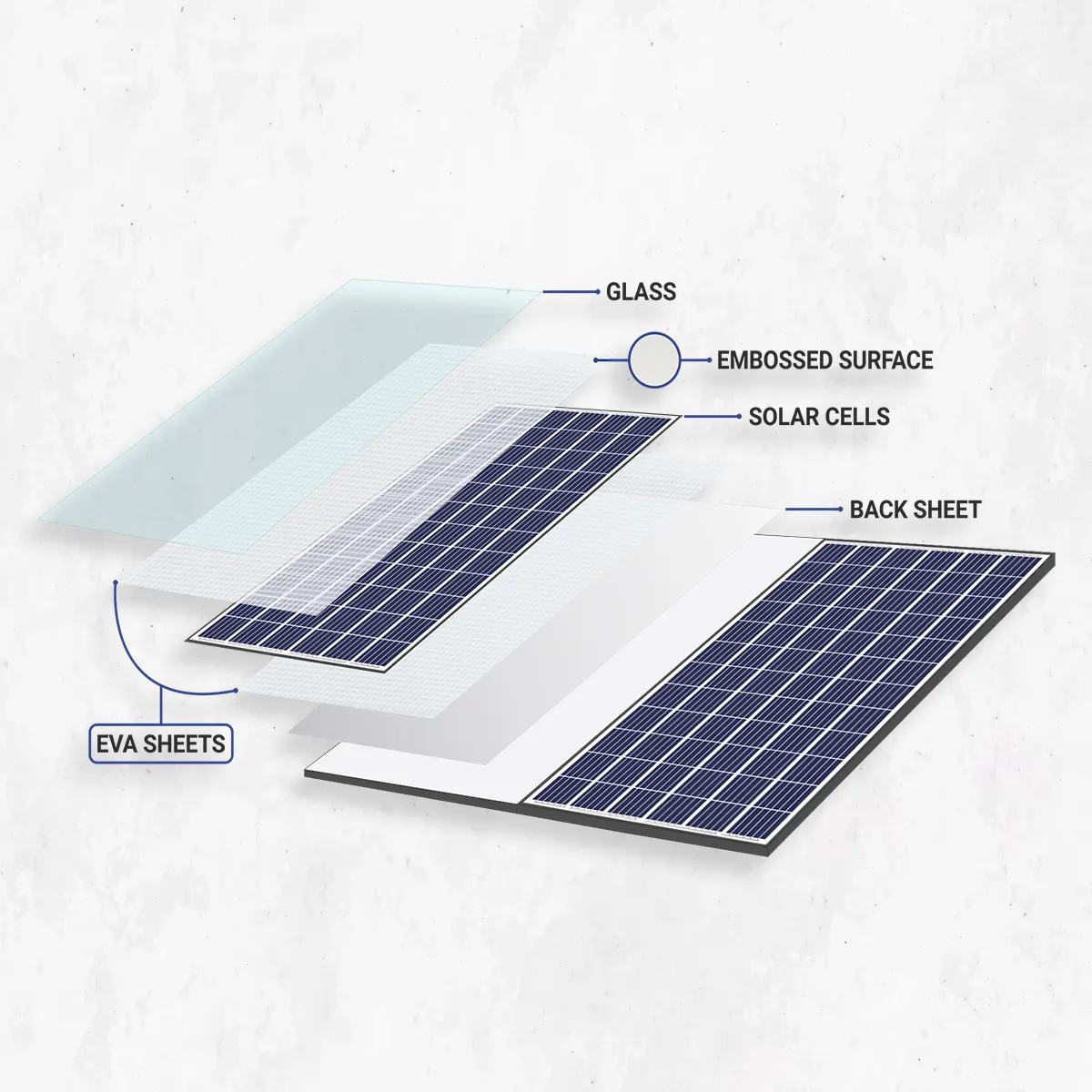
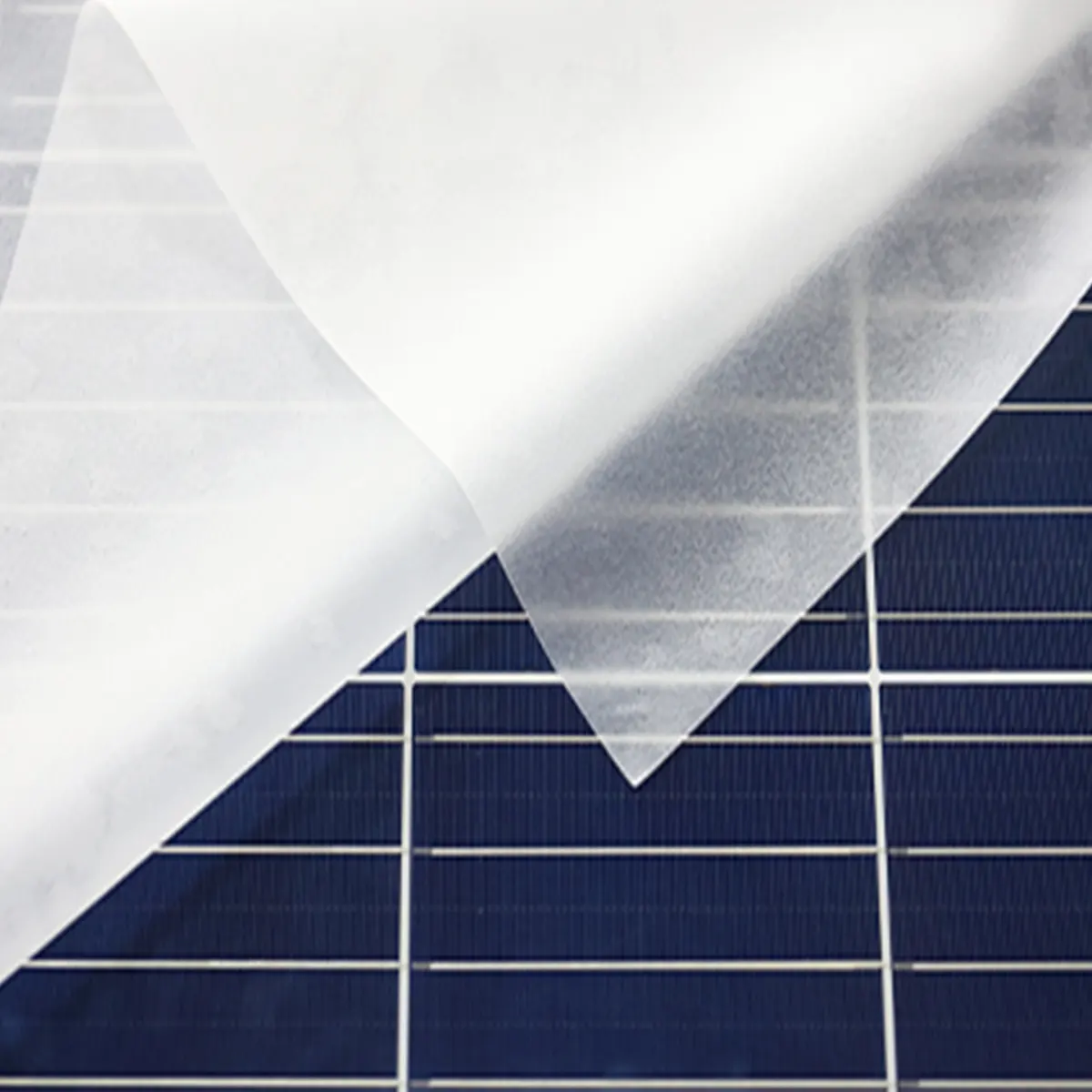
What Is Solar Cell Encapsulation?
Solar cell encapsulation involves sealing solar cells within protective layers to shield them from environmental damage. Encapsulation prevents water ingress, shields the cells from mechanical stress, and enhances UV protection. The encapsulation process is essential to the efficiency and longevity of solar pv modules, making it a key focus for leading solar panel manufacturers.
Materials like ethylene-vinyl acetate (EVA) and polyolefin elastomer (POE) are crucial in determining how well the solar panel resists degradation over time.
Materials Used in Solar Cell Encapsulation
Ethylene Vinyl Acetate (EVA): EVA is one of the most widely used materials in solar panel encapsulation. It offers excellent transparency and adhesion, making it an ideal material for securing solar cells between layers of glass or backsheet. EVA also provides thermal stability, ensuring that the solar cells maintain their efficiency even under high temperatures. For high-quality EVA encapsulation, EVA film manufacturers have refined materials that enhance the performance and longevity of solar modules.
Polyolefin Elastomer (POE): POE is increasingly becoming a preferred material due to its enhanced resistance to moisture and UV radiation. Unlike EVA, which may degrade over time, POE provides better durability, especially in humid environments. This innovation is particularly vital for regions with frequent rain or high humidity levels. For more on the latest in new solar panel technologies, visit our product page.
Why Solar Cell Encapsulation Matters
Without proper encapsulation, solar cells are vulnerable to external factors such as temperature changes, humidity, UV exposure, and mechanical wear. These factors can degrade solar cells over time, reducing the panel's energy output and overall lifespan. A well-encapsulated solar panel can withstand these challenges, ensuring efficient performance for decades. This makes solar encapsulation a key factor in safeguarding your investment in renewable energy, especially as demand for reliable solar pv modules rises.
Encapsulation also contributes to the structural integrity of the panel. It ensures that the solar cells are securely placed between the front glass and the backsheet, minimizing the risk of damage during handling and installation.
How Encapsulation Enhances Panel Durability
One of the critical roles of encapsulation is to prevent water ingress. Water can severely damage solar cells by causing short circuits or corrosion, significantly reducing the energy output. Materials like EVA and POE create a moisture barrier, ensuring that the cells remain dry even in wet environments. Furthermore, encapsulation protects against UV degradation, which can otherwise cause discoloration and reduce the panel’s efficiency over time.
Thermal Cycling Protection: Solar panels undergo constant thermal cycling due to day-night temperature changes. Encapsulation helps mitigate the stress caused by these temperature fluctuations, maintaining the panel's structural integrity. With materials like POE, which offers better thermal resistance, solar panels can maintain higher efficiency, even in extreme temperature conditions.
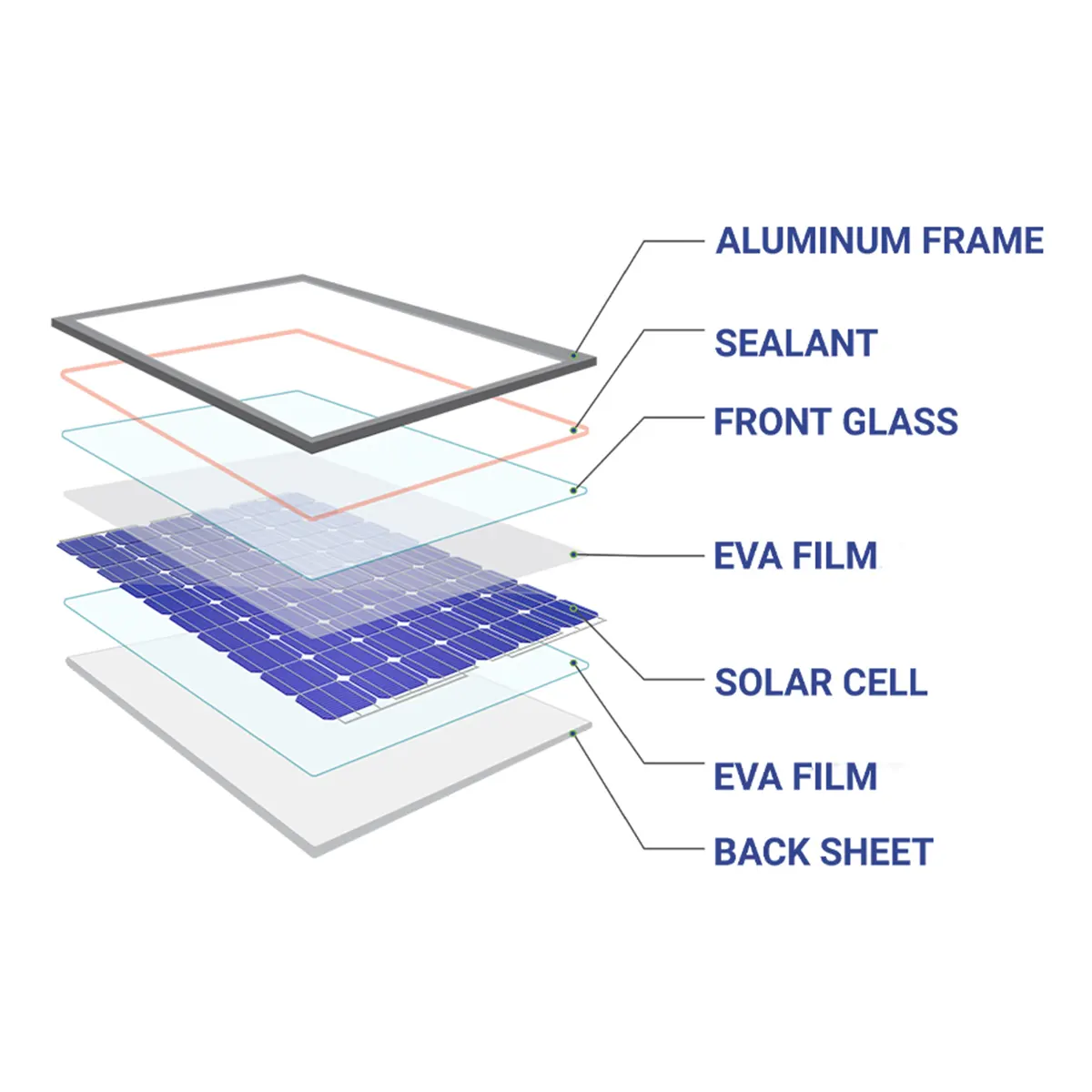
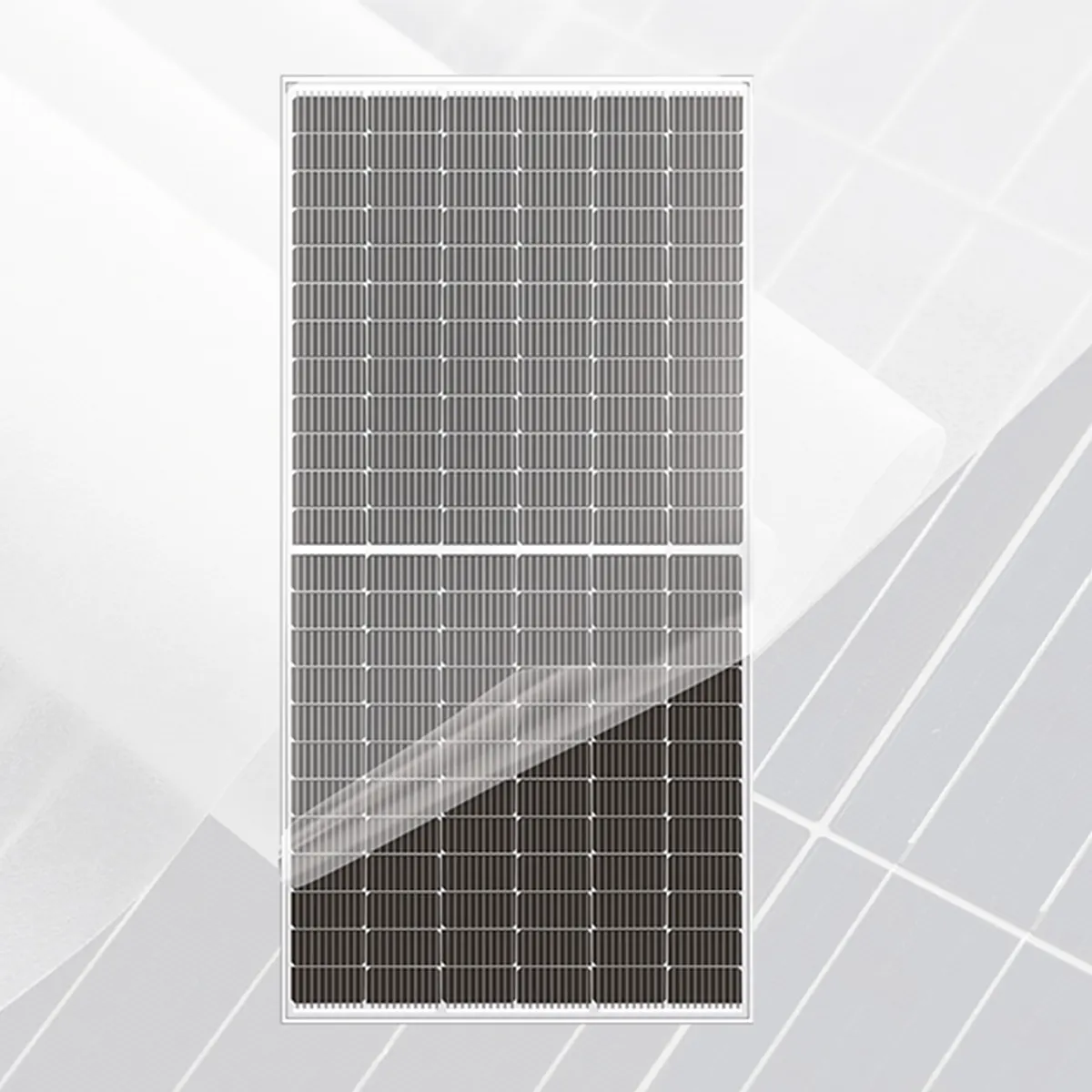
The Evolution of Solar Encapsulation Materials
The evolution of encapsulation materials has greatly enhanced solar panel performance. In the past, photovoltaic panels manufacturers often encapsulated modules using EVA. However, the need for more advanced solutions has led to the rise of POE as a superior alternative. POE encapsulants offer better moisture resistance, reducing the risk of potential electrical faults caused by humidity.
Modern advancements in encapsulation technology also focus on faster curing times. Products like PIX FAST CURE , PIX Ultra Fast Cure improve production efficiency, allowing solar module manufacturers to create durable solar modules without compromising on quality.
To know more about evolution in solar encapsulation materials read our newsletter on Revolutionizing Solar Encapsulation- The Rise of EPE for Bifacial Modules and Advanced Cell Architectures.
The Role of Backsheets and Front Glass
In addition to encapsulants, backsheet and front glass selection play a pivotal role in protecting solar cells. Glass-to-glass modules, for example, offer superior protection by using two layers of tempered glass that surround the encapsulated solar cells. This design not only enhances durability but also increases the lifespan of the panel.
For a more detailed understanding of different types of solar modules, visit our blog on Choosing the High Quality Solar Panel for Your Needs .
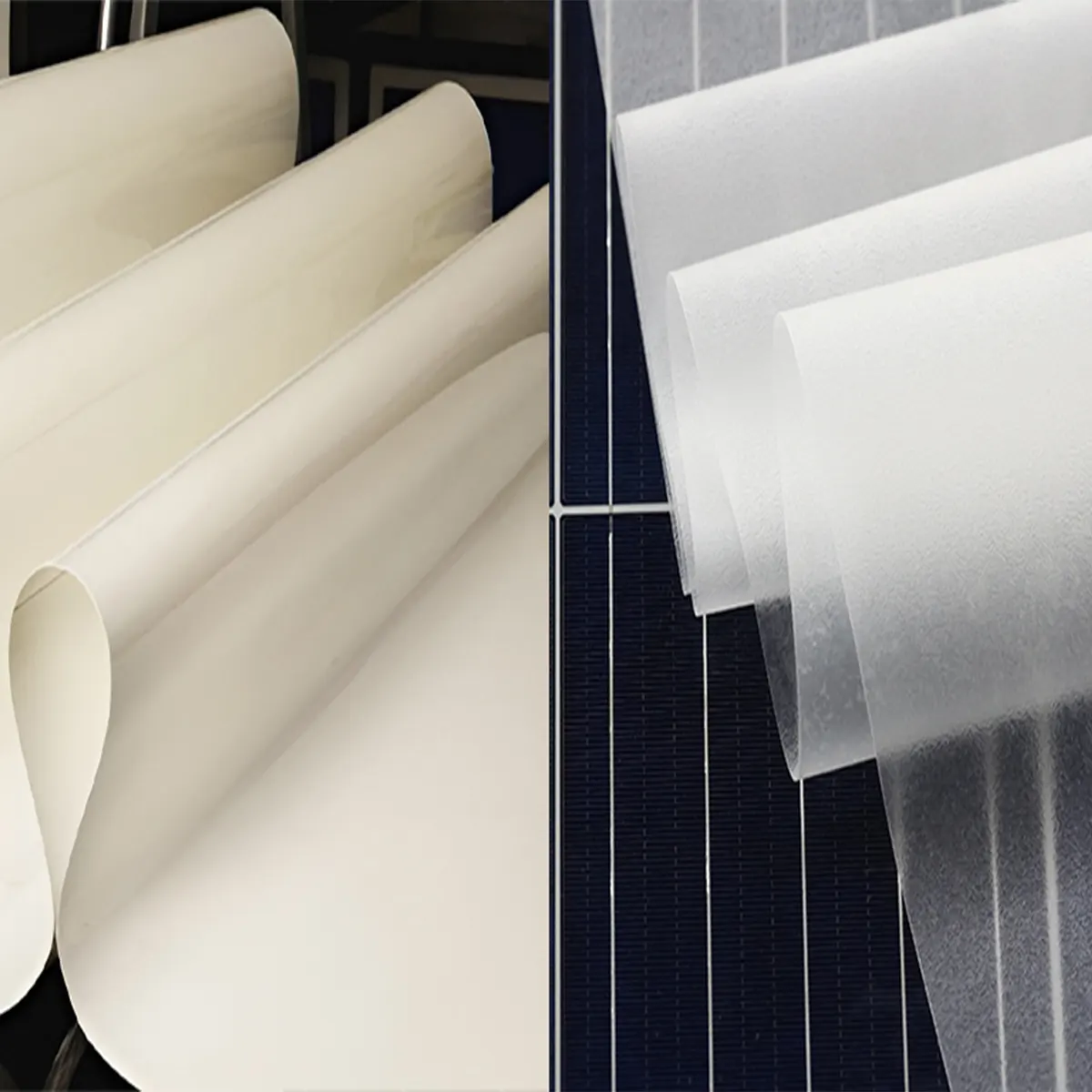

Pros and Cons of Solar Cell Encapsulation
Solar cell encapsulation provides several benefits, enhancing both the durability and performance of solar panels. By shielding the panels from environmental factors like moisture, UV rays, and temperature fluctuations, encapsulation allows them to operate efficiently for extended periods.
Encapsulation materials, such as EVA, improve solar panel efficiency by minimizing light loss and maximizing light absorption, resulting in increased energy production. Additionally, encapsulation reinforces the panel structure, ensuring resilience, which is crucial for sustained performance.
However, encapsulation can add to the manufacturing costs of solar panels and can introduce some complexities in handling the materials. Certain materials may have adhesion challenges, degrade slowly, or discolor over time, requiring regular maintenance to ensure optimal panel performance.
Common Issues Prevented by Solar Encapsulation
Moisture Ingress: Water penetration can cause irreversible damage to solar cells, leading to corrosion and electrical faults. Encapsulation materials like POE provide a robust barrier against moisture, extending the panel’s operational life.
UV Degradation: Prolonged exposure to sunlight can cause materials to degrade over time. High-quality encapsulants ensure that solar cells remain protected from harmful UV rays, preventing the yellowing or degradation of the solar module's surface.
Ensures Optical Clarity and Electrical Efficiency by Blocking Moisture: Moisture and dust accumulation on solar cells can obstruct sunlight and disrupt electrical transmission. Encapsulation solves this by offering a protective barrier that keeps moisture and dust away, ensuring optimal light absorption and electrical flow.
Preserves the Structural Integrity of Solar Panels: Encapsulation plays a key role in maintaining the structural stability of solar panels, preventing deformation over time. It safeguards the delicate solar cells from physical damage and environmental wear, ensuring long-term durability.
Protects and Maintains Solar Panel Performance: Proper encapsulation is essential for preserving both the efficiency and lifespan of solar panels. By shielding sensitive solar cells and electrical components, encapsulation helps sustain consistent performance and reliability over the years.
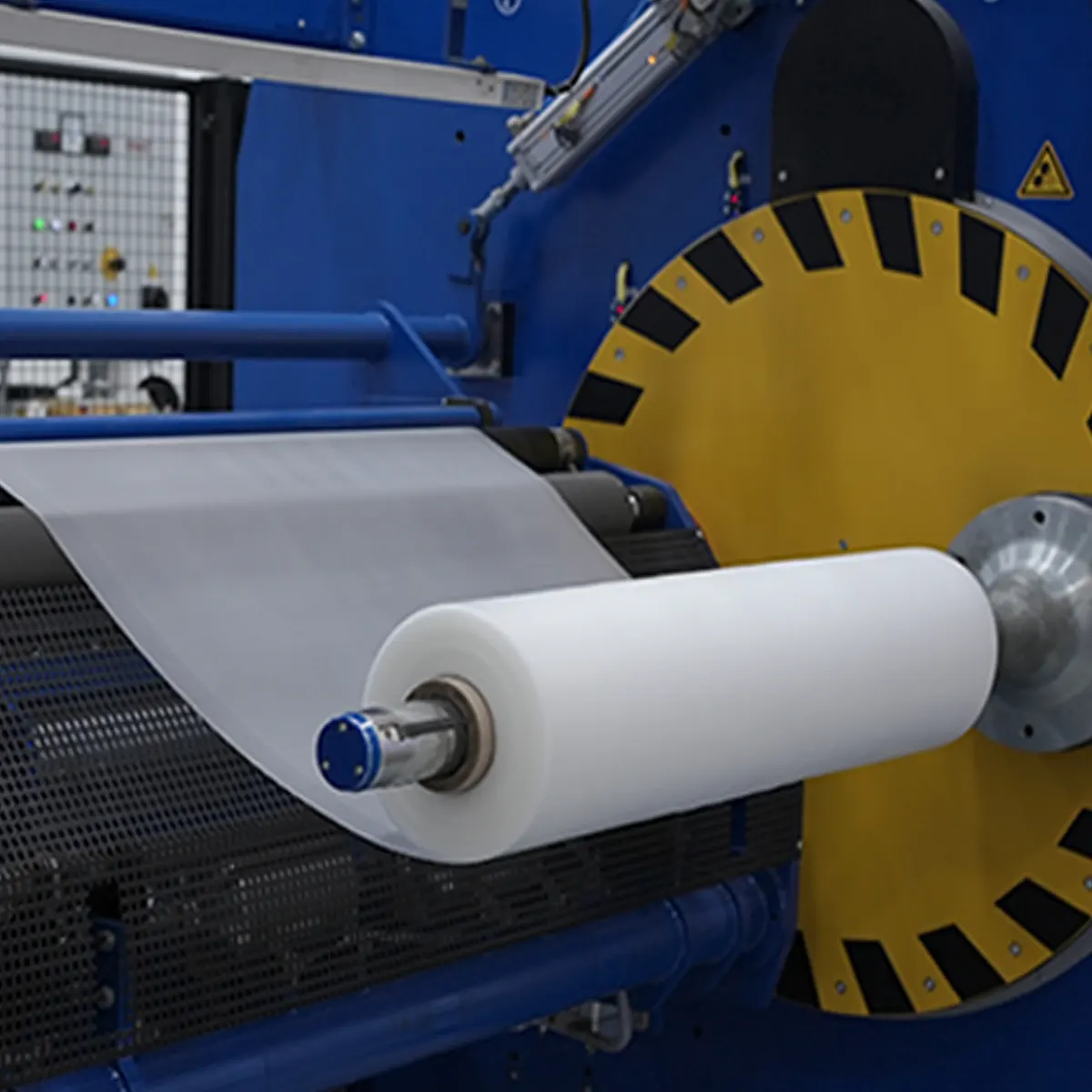
Ensuring Quality in Solar Module Encapsulation
Choosing the right manufacturer is critical to ensuring the encapsulation quality of your solar panels. When selecting a solar module manufacturer , consider factors such as manufacturing tenure, certifications, and material testing. At PIXON, we pride ourselves on using the highest-quality encapsulants and materials, providing our clients with durable and efficient solar solutions.
Wrapping Up:
Ready to Invest in High-Quality Solar Panels?
If you're looking to invest in solar panels that will last for decades, ensuring top performance and durability, get in touch with us today. Our range of solar modules, backed by advanced encapsulation technology, will help you harness the full potential of solar energy.
Frequently Asked Questions
Solar cell encapsulation is designed to protect solar cells from environmental factors like moisture, UV rays, and mechanical stress, ensuring long-lasting performance and efficiency.
EVA and POE are the two most commonly used materials for solar encapsulation. EVA offers good thermal stability, while POE provides better moisture and UV resistance.
Proper encapsulation maintains the structural integrity of the solar panel and protects the cells from degradation, ensuring optimal energy output over the panel's lifespan.
Yes, high-quality encapsulation materials like POE may slightly increase the cost of solar panels but offer better durability and performance, making them a worthwhile investment.